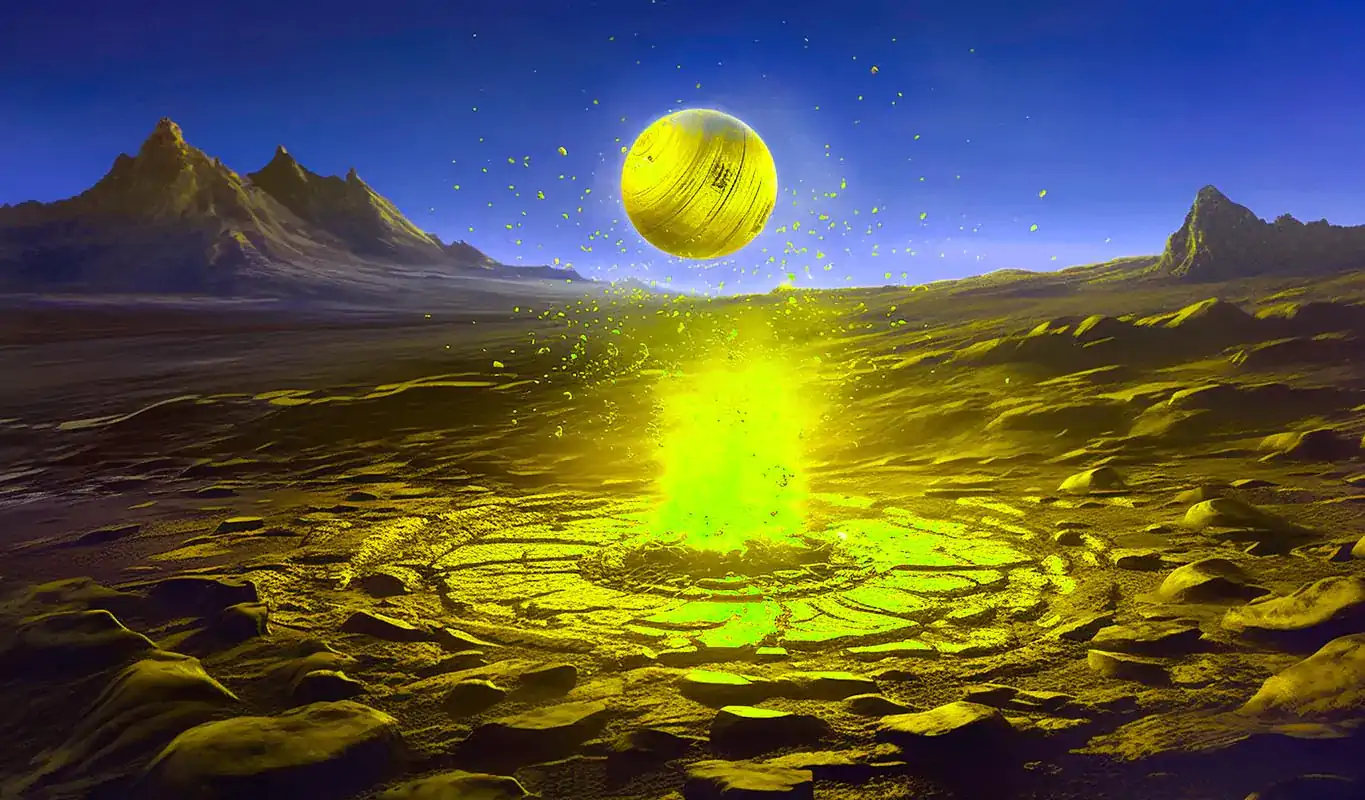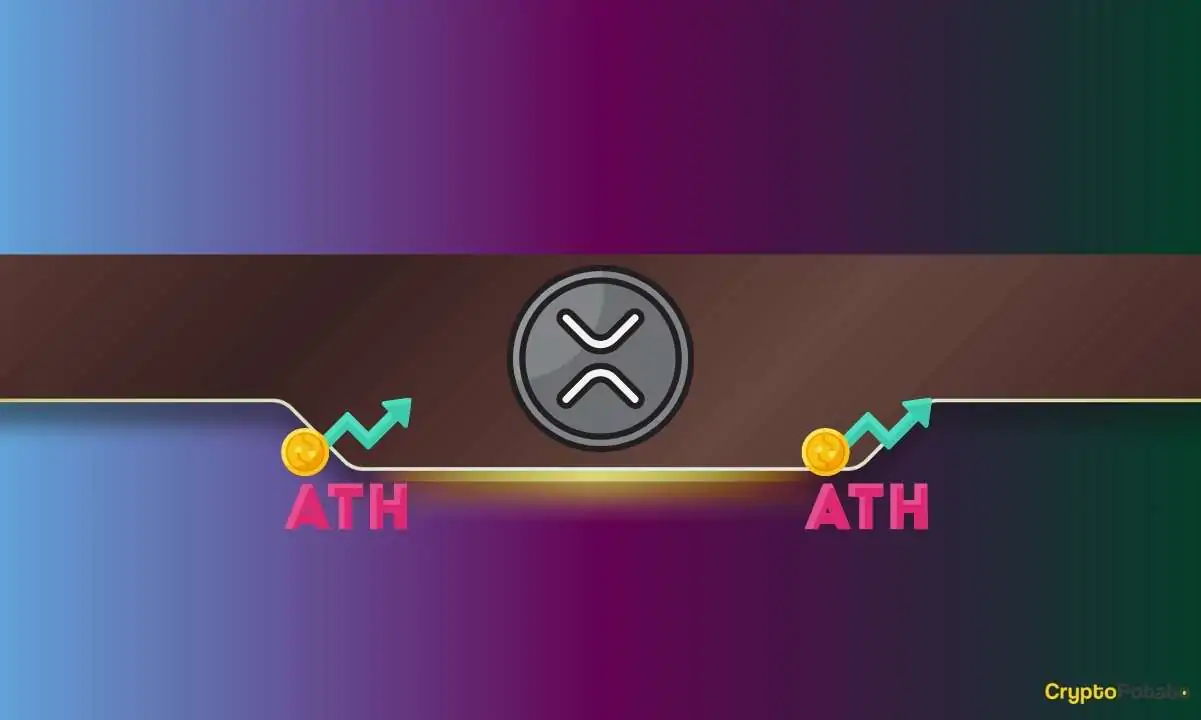Scientists have located a huge "extraterrestrial" comet extending directly to the sun.
The 3.7 mile-wide (6 kilometers) space iceball, called 96P/Machholz 1, is thought to have come from somewhere outside our solar system, and is being monitored by the European Space Agency’s (ESA) Solar and Heliospheric Observatory (SOHO) spacecraft as it zips toward our star inside the orbit of Mercury, leaving an icy trail in its wake.
Comet tails are mainly made up of gas, which flows behind frozen clusters of ice and gas when heated by solar radiation. In 2008, an analysis of the material shed by 150 comets found that 96P/Machholz 1 contained less than 1.5% of the expected levels of the chemical cyanogen, while also being low in carbon — leading astronomers to conclude that it could be an interloper from another solar system. Now, its plunge towards the sun might reveal even more of its secrets.
Related: Stunning images capture the moment a green comet's tail is blasted away by the sun
"96P is a very atypical comet, both in composition and in behavior, so we never know exactly what we might see," Karl Battams, an astrophysicist at the Naval Research Lab in Washington DC, told spaceweather.com. I hope that we will be able to take advantage of this great science and share it with everyone as soon as possible."
David Machholz first spotted the eponymous comet in 1986 using a homemade cardboard telescope. Most comets that fall into the sun tend to be smaller than 32 feet (10 meters) wide, and therefore burn when they come close to our star.
—Massive eruption from icy volcanic comet detected in solar system
—Why are asteroids and comets such weird shapes?
—What is so strange about asteroids and comets?
The largest comet ever seen has a heart «darker than coal», and it goes through here. The closest approach to the sun of the ice intruder will take place on Tuesday (31 January) when it approaches our star at a distance three times closer to that of mercury.
The comet may have found itself on its strange orbit after being ejected from its original solar system by the gravity of a giant planet. Then, after a considerable amount of time wandering the cosmos, an accidental rendezvous with Jupiter could have bent its trajectory to ensnare it around our sun. Other theories also suggest that the comet is perhaps no stranger.
SOHO has spotted more than 3,000 comets since its December 1995 launch, although the spacecraft’s primary mission is to observe the sun for violent eruptions called coronal mass ejections, or solar flares that can cause geomagnetic storms on Earth. The most powerful of these storms can disrupt our planet's magnetic field enough to send satellites tumbling to Earth, and scientists have warned that extreme geomagnetic storms could even cripple the internet.



 BlocksInform
BlocksInform










